Bone Pain
Bone pain refers to discomfort or aching sensations that originate from the bones. It can result from various causes, including injuries (like fractures), medical conditions (such as osteoporosis, arthritis, or bone infections), or certain cancers.
Unlike muscle or joint pain, bone pain is often deeper, sharper, or more intense and may persist even at rest. Proper diagnosis and treatment are essential to address the underlying cause and manage symptoms effectively.
What is Bone Pain?
- Any pain or discomfort in your bones or joints is referred to as bone pain, ostealgia, or bone tenderness. Numerous illnesses and injuries may be the cause of it.
- A typical symptom, particularly among people in their forties and fifties, is bone stiffness, tenderness, or ache. As one ages, the body undergoes significant changes. People tend to lose bone density and muscular mass as they become less active.
- Origin: Rather than only the surrounding areas, the pain originates inside the bone tissue.
- The back, hips, legs, and ribs are among the more prevalent locations, but it can affect any bone in the body.
- Not a diagnosis, bone pain is a symptom. Numerous things, ranging from minor wounds to serious illnesses, can cause it.
- A medical expert’s advice is essential for an accurate assessment and diagnosis.
Causes of Bone Pain
Numerous things can cause bone pain, from minor injuries to major underlying medical conditions.
1.Injuries
- A fracture is a break in the bone that can be caused on by overuse (stress fractures) or trauma (fall, accident).
- Sprains and strains: Pain that may seem to originate from the bone can be caused by injuries to the ligaments (sprain) or tendons (strain) surrounding the joints.
- Injuries to Soft Tissue: discomfort from muscle tears, contusions, and bruises can occasionally be confused with bone discomfort.
2. Health Issues:
- Reduced bone density, which makes bones brittle and more likely to break, is the hallmark of osteoporosis.
- Osteomyelitis: A bacterial infection of the bones.
- Arthritis: Disorders such as rheumatoid arthritis (an inflammatory illness) and osteoarthritis (wear and tear on the joints) can produce pain that seems to originate in the bone.
- A persistent bone disease that results in aberrant bone development and remodeling is called Paget’s Disease of Bone.
- Primary bone cancer is a type of cancer that starts inside the bone.
- Cancer that has moved from another area of the body to the bone is known as metastatic cancer.
- Blood disorders: Pain can result from diseases like sickle cell anemia that interfere with blood flow to the bones.
- Endocrine Disorders: Hyperparathyroidism and other hormonal abnormalities can impair bone health and result in pain.
Other Factors:
- Overuse: Pain can result from repetitive strain on the bones, such as that caused by particular sports or activities.
- Mineral Deficiencies: Insufficient calcium and vitamin D can cause bone weakness and discomfort.
- Drugs: One of the side effects of some drugs is bone loss.
Symptoms of Bone Pain
Bone pain can manifest in various ways, depending on the underlying cause and the specific bone affected. These are a few typical symptoms:
- Aching: A dull, ongoing pain that gets worse when you move.
- Throbbing: A pounding or pulsing discomfort.
- Sharp: Abrupt, severe, and confined pain.
- Cramping: Periodic contractions or spasms.
- Tenderness: Touching an affected region may cause it to feel sensitive.
- Inflammation surrounding the injured bone is known as swelling.
- Redness: The affected area’s skin may seem red.
- Warmth: To the touch, the afflicted area may feel warm.
- Limited Range of Motion: The afflicted joint or limb is difficult to move.
- Weakness: Muscle weakness in the affected area.
- Fatigue: A general feeling of weariness or depletion.
- Fever: In certain situations, such when there is an infection.
- Unexpected Weight Loss: In certain situations, like cancer.
Risk factors of Bone Pain
Age:
- Older Adults: Bone loss and conditions like osteoporosis become more common with age, increasing the risk of fractures and associated pain.
Sex:
- Women: After menopause, women have a considerable drop in estrogen, a hormone necessary for bone health. They are more susceptible to osteoporosis and the resulting bone pain as a result.
Lifestyle Elements:
Smoking: Smoking significantly increases the risk of bone loss and osteoporosis.
Excessive Alcohol Use: Drinking too much alcohol can disrupt bone growth and raise the risk of fractures.
Poor Nutrition: One of the main risk factors for weak bones is a diet low in calcium and vitamin D
A sedentary lifestyle raises the risk of osteoporosis and weakens bones by preventing weight-bearing exercise.
Health Conditions:
- Hormonal imbalances: Disorders like hyperparathyroidism can weaken bones by interfering with the metabolism of calcium.
- Autoimmune diseases: Rheumatoid arthritis can lead to bone pain by causing joint damage and inflammation.
- Cancer: Some cancers, particularly those that metastasize (spread to the bone), can cause excruciating bone pain.
- Blood disorders: Pain can result from diseases like sickle cell anemia that interfere with blood flow to the bones.
Bone Pain in Pregnancy
Pregnancy-related bone pain is widespread and frequently results from physiological changes your body goes through to make room for the developing fetus.
Common Causes of Bone Pain in Pregnancy
- Hormonal Changes:
- Relaxin: This hormone increases flexibility in the pelvis to prepare for childbirth, but it can also loosen ligaments and joints throughout your body, leading to instability and pain.
- Weight Gain:
- The extra weight puts increased stress on your joints, particularly in the lower back, hips, and knees.
- Postural Shifts:
- As your center of gravity shifts forward, your posture changes to compensate, which can strain your back and hips.
- Growing Uterus:
- The expanding uterus puts pressure on your pelvic bones and can cause pain in your lower back and hips.
How to Diagnose Bone Pain
A complete approach involving a physical examination, a detailed medical history, and a number of diagnostic procedures is required to diagnose bone pain.
Health History
- Duration and Onset: When did the suffering begin? Is it sporadic or continuous?
- Location: Exactly where is the pain? Does it spread to other places?
- Is the pain throbbing, dull, severe, or aching?
- Severity: To what extent is the pain severe? Does it get in the way of everyday tasks?
- Factors that aggravate or alleviate: What factors, such as exercise or weight bearing, exacerbate the pain? What improves it (medicine, rest, etc.)?
- Associated Symptoms: Do you have any further symptoms, such weakness, redness, swelling, fever, or weight loss?
- Medical History: Have you ever had any operations, injuries, or illnesses (such as osteoporosis or cancer)?
- Supplements and drugs: Do you use any supplements or drugs that may have an impact on bone health?
Physical Examining
- Visual Inspection: The physician will check the afflicted region for any indications of skin changes, deformity, or edema.
Palpation: The physician will apply light pressure to the afflicted region to check for localized edema, warmth, or pain.
Range of Motion: To find out whether you have any mobility restrictions, the doctor will measure your range of motion.
Neurological Examination: In some situations, the physician could additionally evaluate your neurological abilities, including your sensitivity and reflexes. - X-ray: When looking for bone abnormalities such as arthritis, malignancies, or fractures, X-rays are frequently the first imaging test utilized.
CT Scan: Compared to X-rays, a CT scan produces more detailed pictures and can be used to detect infections, malignancies, and complicated fractures.
MRI: An MRI can assist diagnose diseases affecting soft tissues like cartilage, ligaments, and tendons by providing comprehensive pictures of these structures. - Bone Scan: To find regions of elevated bone metabolism, which may be a sign of malignancies, infections, or fractures, a bone scan employs radioactive tracers.
Blood Tests: Blood tests can be performed to measure bone metabolism and rule out other disorders like infection or inflammation.
Bone Density Test (DEXA Scan): This test is used to detect osteoporosis by measuring bone mineral density.
Treatment for Bone Pain
The underlying cause of bone pain determines how to treat it. Here are a few broad strategies:
Pain Relievers: Acetaminophen and ibuprofen are examples of over-the-counter drugs that can help treat mild to moderate pain. In more severe situations, a doctor may prescribe stronger painkillers.
Rest and Immobilization: To lessen bone stress and encourage healing, the afflicted region should be rested and supported by braces or splints
Physical Therapy
By enhancing range of motion, strength, and flexibility, physical therapy can reduce pain and stop more injuries.
Physiotherapy is essential for treating bone pain because it improves function and addresses the underlying reasons. Here’s a thorough examination of typical physiotherapy remedies for bone pain:
- Joint mobilization/manipulation: mild, manual methods to increase range of motion and decrease stiffness in joints.
- Soft Tissue Massage: Methods to relieve muscular tension and enhance blood flow, such as trigger point treatment, myofascial release, and deep tissue massage
2.Exercises
- Strengthening workouts: Specific workouts that increase stability and lower stress by strengthening the muscles that support the injured bone and joints.
- Stretching exercises: To increase range of motion and flexibility while lowering pain and stiffness.
- Aerobic Exercises: To enhance general fitness and cardiovascular health, which may indirectly support bone health.
- Exercises for balance and coordination: These are crucial for illnesses like osteoporosis since they increase stability and lower the risk of falls.
3. The use of Electrotherapy
- By applying gentle electrical pulses to the afflicted region, transcutaneous electrical nerve stimulation (TENS) relieves pain and stimulates muscles.
High-frequency sound waves are used in ultrasound therapy to reduce inflammation and encourage tissue repair.
Low-level lasers are used in laser therapy to promote cell healing and lessen inflammation. - Heat and Cold Therapy: You can lessen pain and inflammation by applying ice or heat packs to the affected region.
High-frequency sound waves are used in therapeutic ultrasound to stimulate tissue repair and reduce inflammation.
Thin needles are inserted into particular body locations during acupuncture treatments to reduce pain and enhance circulation.
4. Patient Instruction and Counseling
- Posture and Ergonomics: To lessen strain on the injured region and stop more injuries, physiotherapists offer advice on good posture and ergonomic techniques.
- Activity Modification: Tips on how to reduce pain and suffering by altering regular activities and workout regimens.
- Home Exercise Program: To maintain therapy in between visits, physiotherapists create customized home exercise regimens.
Surgery
Surgery may occasionally be required to treat underlying problems, remove malignancies, or repair fractures.
- Joint replacement surgery is using an artificial implant to replace a broken joint, such as the hip, knee, or shoulder. For severe arthritis, this is a typical therapy.
- Repairing Broken Bones: Surgery may be required to fix broken bones, particularly complicated fractures that are unable to heal effectively on their own. This might entail actions like:
- Internal Fixation: Holding the bone pieces in place as they heal with metal plates, screws, rods, or pins.
- External Fixation: Stabilizing a bone using a metal frame outside the body
- Osteotomy: This treatment can help reduce pain and enhance function by cutting and reshaping the bone to fix abnormalities or realign the joint.
Prevention for Bone Pain
Dietary intake
- Calcium: Strong bones are built and maintained by calcium. Dairy products, leafy green vegetables, almonds, and fortified foods are all good dietary sources.
- Vitamin D: Vitamin D facilitates calcium absorption in the body. Although fatty fish, egg yolks, and fortified meals are dietary sources, sunlight exposure is the main source.
- Vitamin K: Vitamin K may help stop bone loss and is involved in bone metabolism. Broccoli, Brussels sprouts, and leafy green veggies are good sources.
Work out
- Exercises include weightlifting, jogging, dancing, and walking impose stress on the bones, promoting bone density and bone development.
- Gaining muscle mass through strength training can support bones and lower the chance of falls.
Considerations for Lifestyle
- Keep your weight within a healthy range since carrying too much weight strains your weight-bearing joints and leads to bone discomfort.
- Avoid from smoking: Smoking raises the risk of osteoporosis and bone fractures considerably.
- Drinking too much alcohol can weaken bones and raise the risk of fractures, so limit your intake.
Preventing Falls
- Enhance coordination and balance: Regular exercise, like yoga or tai chi, can assist increase coordination and balance while lowering the risk of falling.
- Take care of safety risks: Clear the house of debris and loose carpets that might cause trips and falls.
- utilize helpful equipment: To increase stability, utilize assistance devices such as walkers or canes if necessary.
- Frequent checkups: Seeing your doctor on a regular basis can help detect and treat any possible bone health concerns early on, especially for women who have gone through menopause.
Particular Circumstances
- Osteoporosis: When you have osteoporosis, it’s important to adhere to your doctor’s treatment plan, which may involve nutrition, exercise, and medication.
- Arthritis: Using the right joint support, exercising often, and keeping a healthy weight can all help manage bone discomfort associated with arthritis.
Complications
Various consequences may arise from untreated bone pain, depending on the underlying reason. These include:
- Loss of Bone Density: If not addressed, diseases like osteoporosis can severely weaken bones, raising the risk of fractures.
- Joint Damage: Pain, stiffness, and loss of function can arise from the gradual degradation of joint cartilage caused by untreated arthritis.
- Restricted Mobility: People who suffer from severe bone pain may find it difficult to move around and engage in everyday activities, which can lower their quality of life.
- Untreated bone pain has the potential to develop into chronic pain, which impairs general wellbeing and causes ongoing suffering.
- Anxiety, sadness, and social isolation are all consequences of chronic pain’s substantial influence on mental health.
- Systemic Complications: If left untreated, bone infections can occasionally spread to other body areas and cause major systemic problems.
Reliance on others for everyday duties might result from severe bone pain and the resulting movement restrictions.
FAQs
How to treat leg bone pain
Rest, ice, elevation, and painkillers can all be used to alleviate leg bone pain. You may also try rubbing and stretching gently.
Does bone pain get better with physical therapy?
Physical therapists use a variety of methods, such as manual therapy, stretching, and strengthening exercises, to control and reduce pain.
Referances
- Pritchard, J. (2023b, April 20). Bone pain. Healthline. https://www.healthline.com/health/bone-pain
- Hospitals, A., & Askapollo. (2024, October 15). Bone pain – causes, symptoms and treatment. Apollo Hospitals Blog. https://www.apollohospitals.com/health-library/bone-pain-causes-symptoms-and-treatmen
- Orthopedics | Bone and Joint Pain | Corewell Health. (n.d.). https://www.beaumont.org/conditions/bone-and-joint-pain
- Charon, R. (2001). Narrative Medicine: Form, function, and ethics. Annals of Internal Medicine, 134(1), 83. https://doi.org/10.7326/0003-4819-134-1-200101020-00024

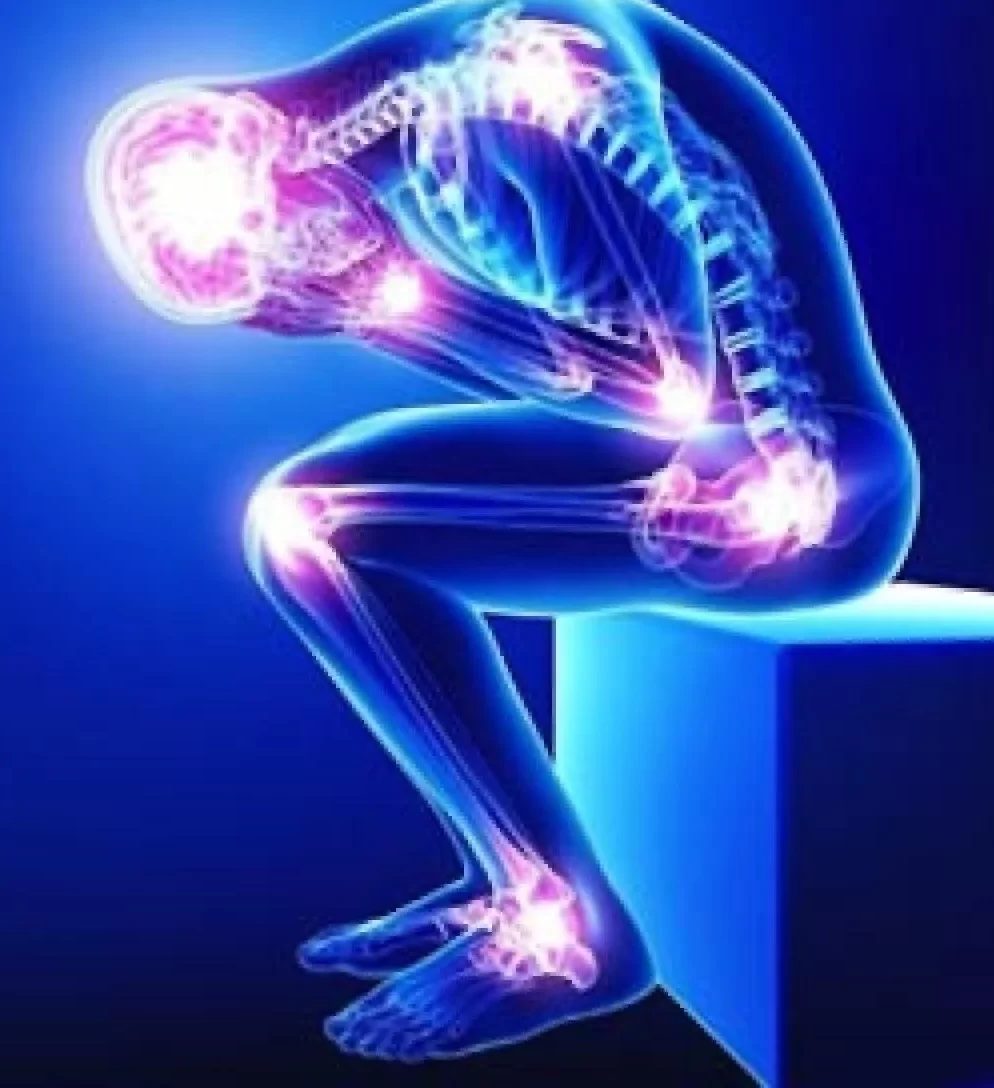
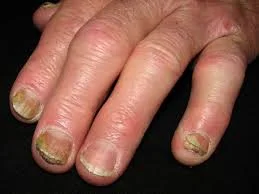

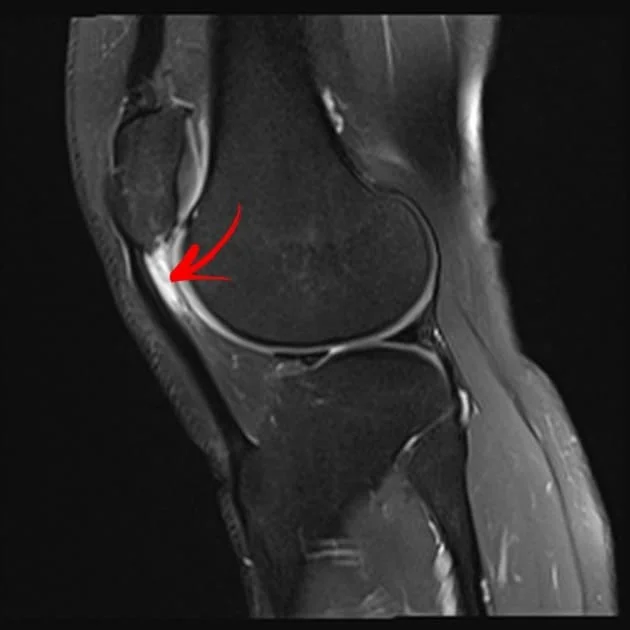
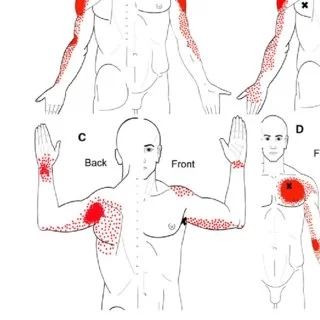
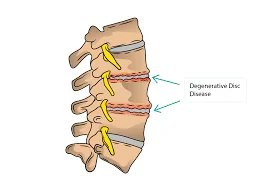
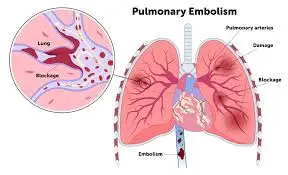
3 Comments